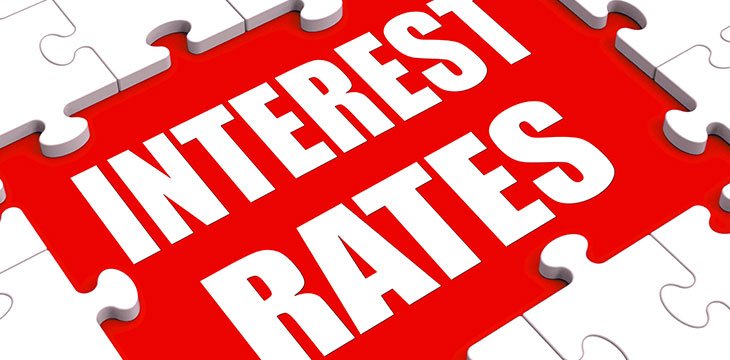The economy is heading deep into some very unfamiliar territory. The economic shutdown has placed the U.S. and the world in the most unprecedented financial situation it has ever been in. So severe, that lessons learned from the Great Depression are not likely enough to be guiding lights as we go forward. In two short months, the shut down completely surpassed all of the financial turmoil experienced during the Great Recession.

If you are looking for answers to what the financial future entails, there are no answers here. This is merely an attempt to put some current perspective on a few of the new and the most dominating landmarks on the evolving landscape.
Rent and mortgage moratoriums will end. As of May 14, 2020, Ben Carson, the U.S. Secretary of Housing and Urban Development announced an extension of the eviction and foreclosure moratorium until at least the middle of June. There are already 4.1 million Americans in mortgage forbearance and a long list of states that have their own versions of eviction and foreclosure moratoriums. What doesn’t seem to be talked about is how all of this money is going to be repaid when the moratoriums are lifted. There are generally two ways repayment can happen. One is that any missed payments are due in full as soon as the moratorium goes away. That doesn’t seem at all likely considering that these people have been living off their savings and trying to collect unemployment. The other option is installment payments spread out over time. This is the most likely but will be an additional hefty monthly payment on top of the next month’s rent, student loans, car loans, credit card debt, and other consumer debt. Certainly, this will be a substantial drag on the economy going forward.
Unemployment levels that have never been seen before. The official U.S. Bureau of Labor Statistics numbers shows that 20.5 million Americans became unemployed in April to reach a 14.7% unemployment rate. That compares to 8.7 million jobs lost in 2008 during the Great Recession. And forecasts for future unemployment rates are much higher. There seems to be some consensus that unemployment will top out at about 25% which is in line with the 24.9% unemployment rate from the Great Depression. The other scary number that goes along with unemployment is that the second-quarter GDP is on track to decline by 39%.
Stimulus debt by the Trillions. This is supposed to be the shining light enabling the economy to recover fast. After stimulus packages 1, 2, and 3, a fourth is in work that may be more costly than any of the first three. This year’s deficit is on track to hit at least $4 trillion or about 18% of the total economy. That’s at the same time that the GDP is in a nosedive. Maybe all of this fresh money will at least partially offset the loss of wages and the piling up of debt. Yet, the money has been slow to reach consumers and millions of small businesses are not expected to survive the shutdown. Only time will tell if this will enable the economy to rebound fast or if it will only soften the landing. It all seems to have become a big financial experiment with more to come.
Negative interest rates would be a financial experiment. In theory, if people and businesses are paid to borrow money it will have everyone applying for mortgages, refinancing, buying new cars, expanding businesses, and remodeling their kitchens with new appliances. But are any of the financial markets or banks ready to turn the basic lending model on its head? To start with, banks would begin charging consumers and institutions to store money in the bank instead of paying the current miserly interest rates. That could lead to a run on banks because saved money will flee the banking system in search of something paying any type of positive return. If money is flowing out of the banks, where will they get money to lend? If they don’t have money coming in, do you think they want to pay consumers and institutions to borrow money from them? If banks do pay people to borrow, will they only pay the lowest risk borrowers and just stop making loans to everyone with less than a perfect credit rating? With vast swaths of borrowers already taking on more debt, is it a good financial policy for them to take on even more debt when they can’t pay the rent?
Several European banks tried negative rates during the Great Recession in an attempt to get economies growing. What they have learned is that once you get into negative interest, it is very difficult to get out. The ECB, BOJ, and Bank of Switzerland are still in the negative zone, despite the recession ending more than a decade ago. Experts say those economies aren’t in any better shape now than before negative interest was implemented. These days, it pays to double-check the rules every morning but as of May 13, 2020, Federal Reserve Chairman Jerome Powell says, “The committee's view on negative rates has not changed. This is not something we're looking at." Currently, The Fed's interest rate sits at a range of 0% to 0.25%, a historic floor last implemented during the 2008 Great Recession. For the moment, it doesn’t look like we will soon add negative interest rates to the rest of this financial experiment.
Please comment below.
Also, our weekly Ask Brian column welcomes questions from readers of all experience levels with residential real estate. Please email your questions, inquiries, or article ideas to [email protected].